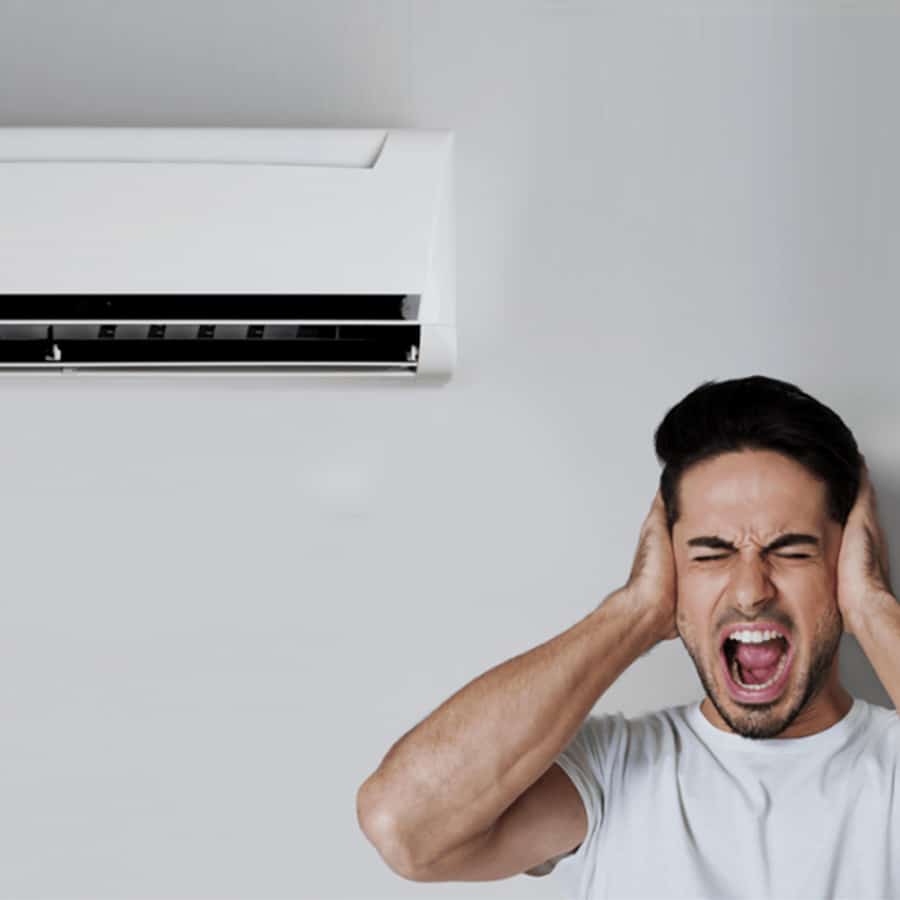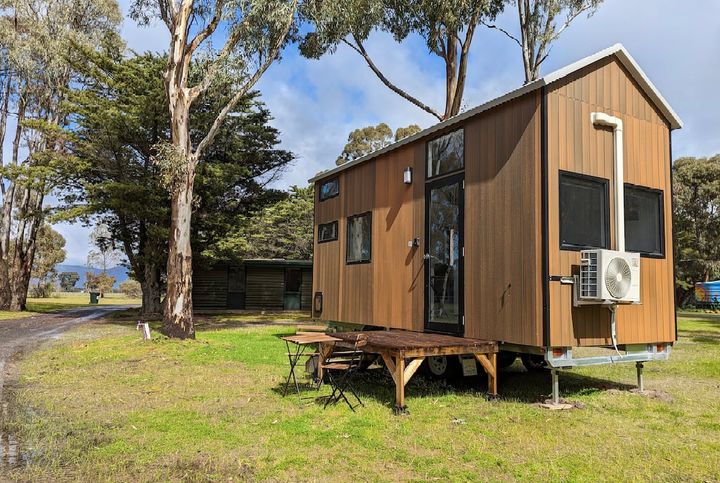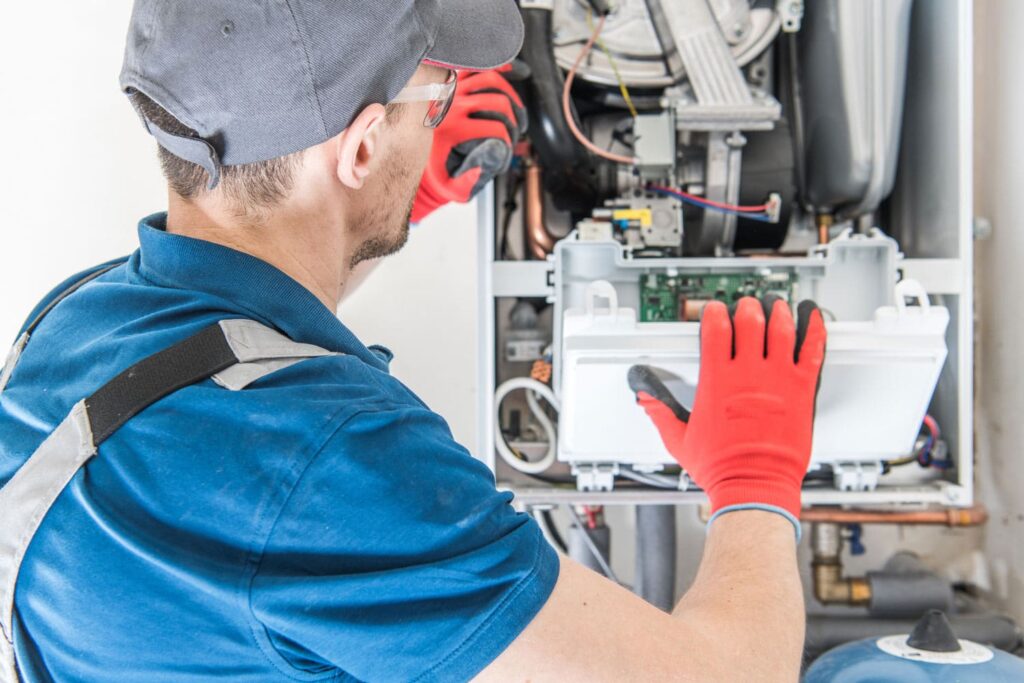Ever been startled by a hissing sound from your air conditioning unit? This could be an issue with your air conditioners or the entire AC installation not properly distributing cool air. It’s not just an annoying background noise. This hissing sound or buzzing noise could be a sign of underlying issues with your vents that, if ignored, may increase the risk of costly repairs or even health hazards. Understanding what causes these hissing noises from your air conditioners is crucial – it’s more than just a part of your air conditioning unit acting up for a few seconds. These sounds could indicate an issue with your air conditioning system. In most cases, hissing noises are an indication that there’s a problem with the operation your air conditioning system should be performing, requiring a technician.
Reasons Behind Hissing Sound from AC
To comprehend the hissing noise from your AC, let’s delve into the role of internal pressure imbalances, refrigerant leaks, malfunctioning components, and leaking air ducts. It’s also essential to consider the temperature fluctuations, technician’s role in maintenance, the line of airflow, and the function of vents.
Internal Pressure Imbalances
AC Installation technicians design air conditioning systems, including the air conditioner and vents, to maintain a specific internal pressure. When the balance in your air conditioning system is disrupted, it can result in a hissing sound from the vents or air conditioner line. Think of it like a balloon on the line, filled with too much air; eventually, it has to release some of that air to avoid popping. In the same way, your air conditioning system, specifically your AC unit or air conditioner, might make a hissing noise as it tries to equalize its internal pressure.
Refrigerant Leaks
Refrigerant leaks in your air conditioner or air conditioning system are another common cause for that pesky hissing sound. The refrigerant is basically the lifeblood of your AC system—it absorbs heat from your home and cools down the air before pumping it back out. If there’s a leak in the fluid line of your air conditioning system, you’ll likely hear a hissing or bubbling noise as the refrigerant from the air conditioner escapes under high pressure.
Malfunctioning Components
If certain parts of your air conditioner aren’t functioning as they should—like the valves or compressors—you might hear unusual noises, including a hissing sound. It’s like when you’re driving your car and suddenly hear an odd clunk or squeak; something is off-kilter and needs to be fixed.
Leaking Air Ducts
Lastly, let’s talk about leaking air ducts—a sneaky reason behind that annoying hissing sound. Your AC, a crucial part of your Heating & Cooling system, pushes cool air through these ducts into various rooms in your house, demonstrating the importance of efficient Cooling Services. If there’s a leak somewhere along these paths—say due to poor installation or wear and tear—the escaping air can create a whistling or hissing noise.
Role of Leaking Air Ducts
Leaking air ducts can be a major culprit when you hear a hissing sound from your AC. Let’s dive into how these leaks come about and the impact they have on your comfort and energy bills.
The Hissing Sound Explained
Air ducts are like the lungs of your AC system, circulating cool air throughout your space. Now imagine if there’s a hole in them. Air would escape through these leaks, producing a hissing noise as it does. It’s kind of like when you let air out of a balloon slowly; that squeaky noise is similar to what happens with leaking ductwork.
Size Matters
The intensity of the hissing sound depends on the size and location of the leak in the air ducts. If you’ve got small leaks scattered around, it might just sound like your AC is whispering secrets to itself. But larger leaks? Oh boy, they’re like someone blowing through a flute!
Material Influence
Duct material also plays its part in this concert. Metal ducts produce sharper sounds compared to their plastic counterparts which tend to muffle the noise somewhat. So if your house sounds like an orchestra warming up every time you turn on the AC, you might want to check what type of air ducts you have installed.
Energy Efficiency Takes A Hit
Leaky air ducts don’t just make irritating noises; they also hit where it hurts most – your wallet! When conditioned air escapes through these gaps, your AC has to work overtime to maintain comfortable temperatures indoors. Duct Cleaning, IAQ Improvement, and Moisture Control can help address this issue. This extra effort means higher energy consumption and consequently steeper utility bills.
So next time when you hear a hissing sound from your ac, don’t ignore it as just another weird noise in the house. Your leaking air ducts could be signaling for some much-needed Heating Repair and IAQ Improvement TLC (Tender Loving Care). Get them inspected and sealed properly for optimal moisture control, performance, and protection from damage.
Compressor Pressure Impact on AC Noise
Summing up, the compressor pressure in your AC has a significant role in its operation. This pressure state can be linked to the noises you hear, affects indoor air quality, cooling performance, and safety.
Understanding How Compressor Pressure Affects AC Operation
Your air conditioner’s heart is the compressor. It’s like a big pump, circulating refrigerant around your system and aiding in air purification. The pressure state of this compressor dictates how efficiently it does its job.
- High pressure: Your compressor works overtime.
- Low pressure: It might not work hard enough.
Either way, you’re looking at an unhappy AC unit.
Link Between High Compressor Pressure and Loud Noises
Ever heard a hissing sound from your AC? That could be due to high compressor pressure. Here’s why:
- More refrigerant gets pushed through smaller spaces.
- This causes vibration and noise.
- The result? You get that annoying hissing sound.
So, high-pressure states aren’t just bad for efficiency – they’re noisy too!
Effects on Cooling Performance Due to Altered Compressor Pressure
It’s not just about noise though; altered compressor pressures impact your AC’s cooling performance as well:
- Under too much pressure, your Cooling Tech system works harder but provides less effective Cooling Solutions. This is a common issue with outdated Cooling Innovations.
- Too little pressure: Your system doesn’t cool enough because it isn’t working hard enough.
In other words, if your home feels more like a sauna than an oasis, check your compressor pressure! These heating tips can improve your indoor air quality.
Safety Risks Associated with Excessive Compressor Pressure
Now let’s talk safety because excessive compressor pressure isn’t just inefficient and noisy—it can also be dangerous:
- Overworked compressors generate heat which can cause parts to fail.
- Failed parts can lead to leaks or even fires (worst-case scenario).
Remember folks, we want our homes chill—not chilled by fear of potential hazards!
Connection Between Refrigerant Leaks and Hissing
Refrigerant leaks can cause a hissing noise from your AC. Not only do these leaks affect the smooth operation of your system, but they can also lead to long-term damage and have environmental impacts.
The Role of Refrigerant in Your AC
The refrigerant is the lifeblood of your air conditioner. It’s what keeps you cool when it’s hot outside. When there are proper refrigerant levels, your AC runs smoothly like a well-oiled machine. But if there’s a leak, things start going south real quick.
- Low refrigerant levels make your AC work harder than it should, similar to a furnace in a bedroom closet.
- This can result in overheating and potential damage to the compressor.
- A leaky condenser or damaged refrigerant lines could be the culprits.
The Hissing Sound Explained
Ever heard that annoying hissing sound coming from your AC? Get some HVAC advice and consider air purification. That could be due to a refrigerant leak. Here’s how:
- The high pressure in the refrigerant lines can force gas out through cracks or gaps.
- This escape of gas creates that hissing sound you hear.
It’s not just about annoying noises though; this is a sign something ain’t right with your cooling buddy!
Potential Damage Over Time
Unchecked refrigerant leaks aren’t just noisy; they’re harmful too. They can cause some serious damage over time.
- Continuous leakage leads to low pressure in the system.
- This makes the compressor work overtime, leading to possible burnout.
- In worst-case scenarios, it might even need replacement – now that’s an expense nobody wants!
Environmental Impact
Besides causing operational issues and potential damage, refrigerant leaks also have environmental implications. These gases aren’t exactly eco-friendly.
- Most air conditioners use hydrofluorocarbons (HFCs) as a refrigerant gas.
- If leaked into the atmosphere, these gases contribute to global warming.
- In fact, some types of refrigerant gas have a global warming potential thousands of times greater than carbon dioxide.
So, next time you hear that hissing sound from your AC, don’t just ignore it. The pros and cons aren’t just about your comfort or the potential repair costs. It’s also about doing our bit for Mother Earth.
Heat Pump Valve Malfunction & AC Hissing
The Role of Heat Pump Valves in Your HVAC System
Heat pump valves, vital to your HVAC system, are a key part of our Heater Services and Heating Services. Dehumidifiers control the flow of refrigerant, ensuring it’s moving in the right direction.

These valves, particularly the expansion valve, are like traffic cops for your HVAC system. Heating & Cooling systems direct the flow of refrigerant – that cool stuff that keeps your home chill with cooling solutions during those hot summer days and warm when winter rolls around. Dehumidifiers and clean air ducts also play a key role in this process.
The Soundtrack of a Malfunctioning Valve
Now imagine if our traffic cop goes rogue and starts directing cars haphazardly. Chaos, right? That’s exactly what happens when your heat pump valves malfunction.
The result is an abnormal hissing or gurgling sound from your AC unit. It’s like hearing a snake slithering inside your HVAC system! Creepy, huh?
Impact on Heating and Cooling Capabilities
When these valves go haywire, they don’t just make weird noises. They can seriously mess with your heating and cooling capabilities too.
Think about it: if the refrigerant isn’t flowing properly, how can you expect to get proper heating or cooling? It’s like trying to bake a cake without turning on the oven!
Timely Repair Is Key
Just as you wouldn’t wait to fix a leaky faucet, you shouldn’t ignore a malfunctioning valve either. The longer you wait to repair or replace it, the worse things can get.
Express HVAC services and furnace repair specialists will tell you this: A faulty valve today could mean a completely busted AC or the need for a furnace fix tomorrow. Always be aware of furnace replacement signs. So act fast!
When to Consult Professionals for AC Noise
Sometimes, a DIY fix isn’t enough for that pesky hissing sound from your AC. Clean Air Ducts, Air Cleaners, and Duct Cleaning may be necessary. It’s crucial to recognize when it’s time to call in the 24/7 Help pros for Emergency Services.
Recognizing Insufficient DIY Troubleshooting
You’ve tried everything – you checked the valves, inspected the refrigerant lines, and even gave your AC unit a good clean. But despite all your efforts, the hissing persists.
If this sounds like your situation, it might be time to put down the toolbox and pick up the phone.
- You’ve followed all online tutorials and installation guides but can’t locate the problem.
- The noise continues after you’ve applied suggested fixes
- You’re uncertain about managing certain aspects of your Air Conditioner Fix, according to our HVAC Advice. Consider seeking professional HVAC Services or referring to an Installation Guide for your AC unit.
These are clear signs that professional help is needed.
Importance of Professional Diagnosis
But why go pro? Can’t persistent or loud noises just be ignored?
Well, not really. Your AC isn’t like that old car engine that runs fine despite its grunts and groans. A noisy air conditioner often indicates an underlying issue that could warrant serious AC repair if left unchecked.
A professional diagnosis can:
- Identify hidden issues causing the noise
- Prevent further damage to your unit
- Ensure optimal performance of your AC system
Risks of Delaying Expert Intervention
Sure, calling in an expert might seem like a hassle (and an expense). But delaying could cost you more in the long run, a significant con to consider among the pros and cons.
Here’s what could happen if you ignore those persistent noises:
- Minor issues with your AC today, like a refrigerant leak, could escalate into major problems like compressor failure tomorrow, impacting the future of AC.
- Increased energy bills: An inefficiently running AC uses more power.
- Health risks: Leaking refrigerants aren’t exactly healthy for you or the environment!
Understanding Cost Implications of Repairs
Let’s talk dollars and cents now. Yes, professional repairs come with a price tag. But think of it as an investment in your comfort and health.
Depending on the issue, repair costs can vary. However, regular maintenance by professionals can prevent costly repairs down the line.
- Regular tune-ups ensure efficient operation
- Early detection of issues prevents expensive replacements
- A well-maintained AC has a longer lifespan
Remember, an ounce of prevention is worth a pound of cure. It’s better to pay for minor fixes now than a major overhaul later!
Addressing a Hissing Sound from Your AC
So, you’ve navigated the labyrinth of possible causes for that irritating hissing noise from your AC, in your quest for an Air Conditioner Fix. It’s clear as day now – it could be anything from leaking air ducts to a malfunctioning heat pump valve, indicating furnace fix needs or potential furnace replacement signs. But remember, while some issues might seem minor, they can snowball into major problems if left unattended.
Don’t let yourself sweat over this! It’s high time to call in the pros and get your peace (and peace of mind) restored. Our AC Repair team will pinpoint the issue and fix it quicker than you can say “air conditioner”, providing Quick Response and IAQ Solutions for the Future of AC. So, don’t delay – reach out to a trusted professional for your Furnace Repair, Heater Services, Heating Repair, and Heating Services today.
FAQs
What causes a hissing sound in an AC unit?
The hissing sound in an AC unit could be due to several reasons such as leaking air ducts, compressor pressure impact, refrigerant leaks or even a malfunctioning heat pump valve.
Is a hissing noise from my AC dangerous?
While a hissing noise may not immediately harm your health or safety, it indicates an underlying problem with your system that could potentially lead to more serious issues if not addressed promptly.
Should I turn off my AC if it’s making a hissing noise?
Yes, it is generally recommended to turn off your AC if it starts making unusual noises like hissing. This helps prevent further damage until Emergency Services can professionally inspect the system.
How much does it cost to fix a hissing AC?
The cost of fixing a hissing AC depends on the exact cause of the problem. However, regular maintenance checks can often prevent these issues and save costs in the long run.
Can I fix a hissing AC myself?
While some minor repairs might be manageable at home, most causes of a hissing sound require professional attention due to their complexity and potential risks involved.





